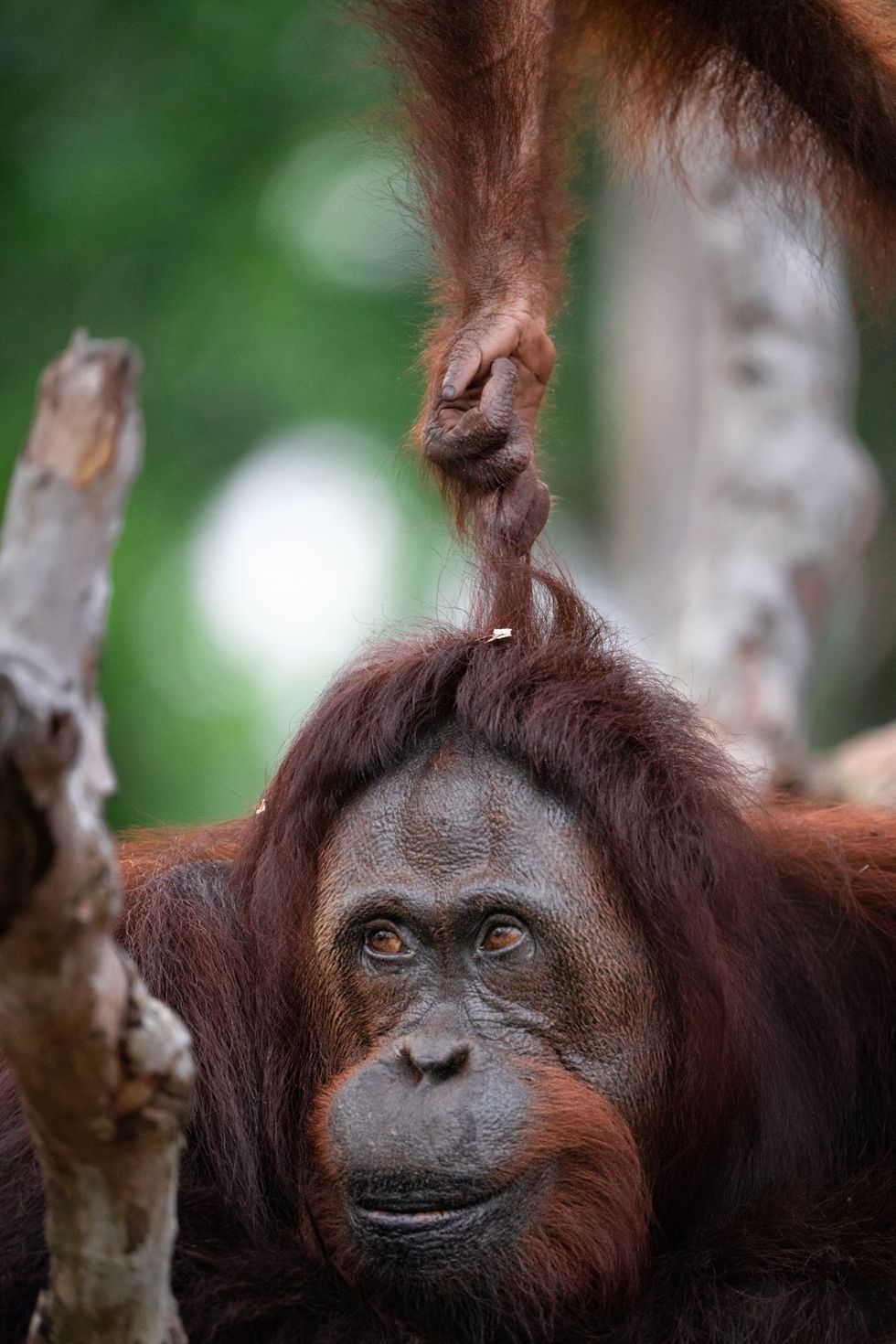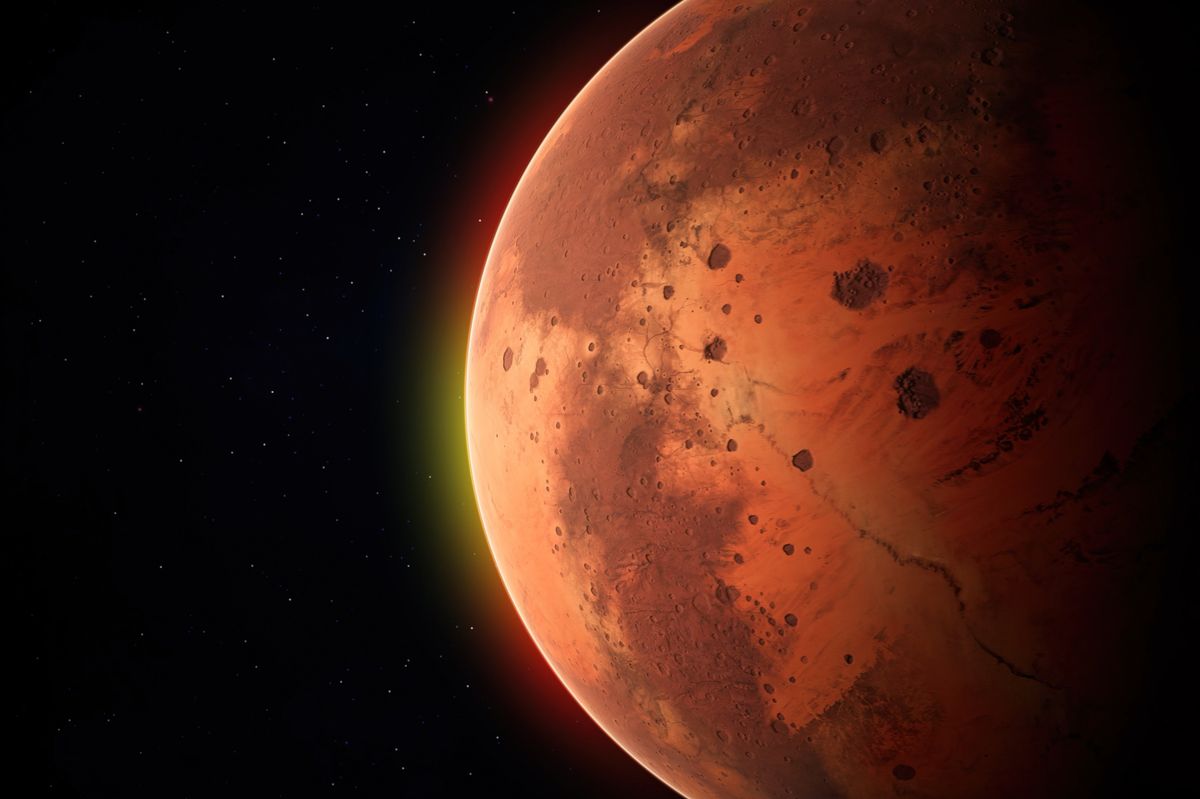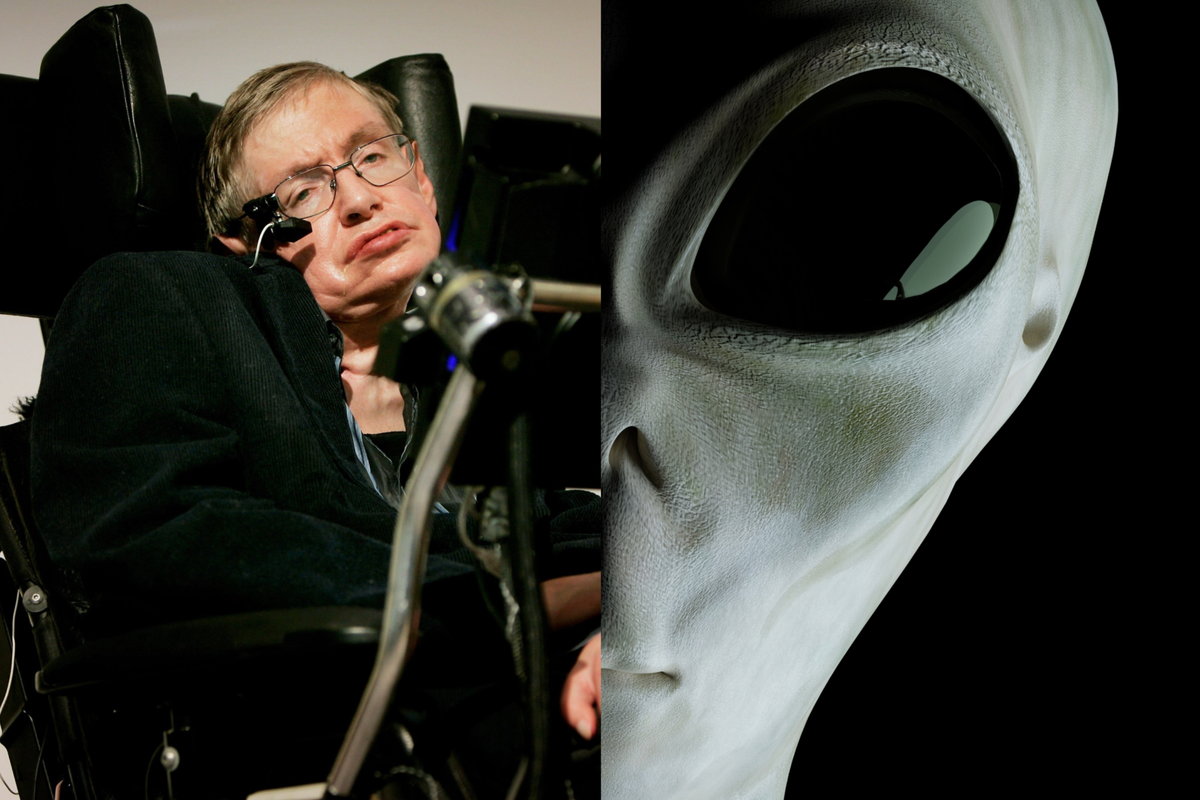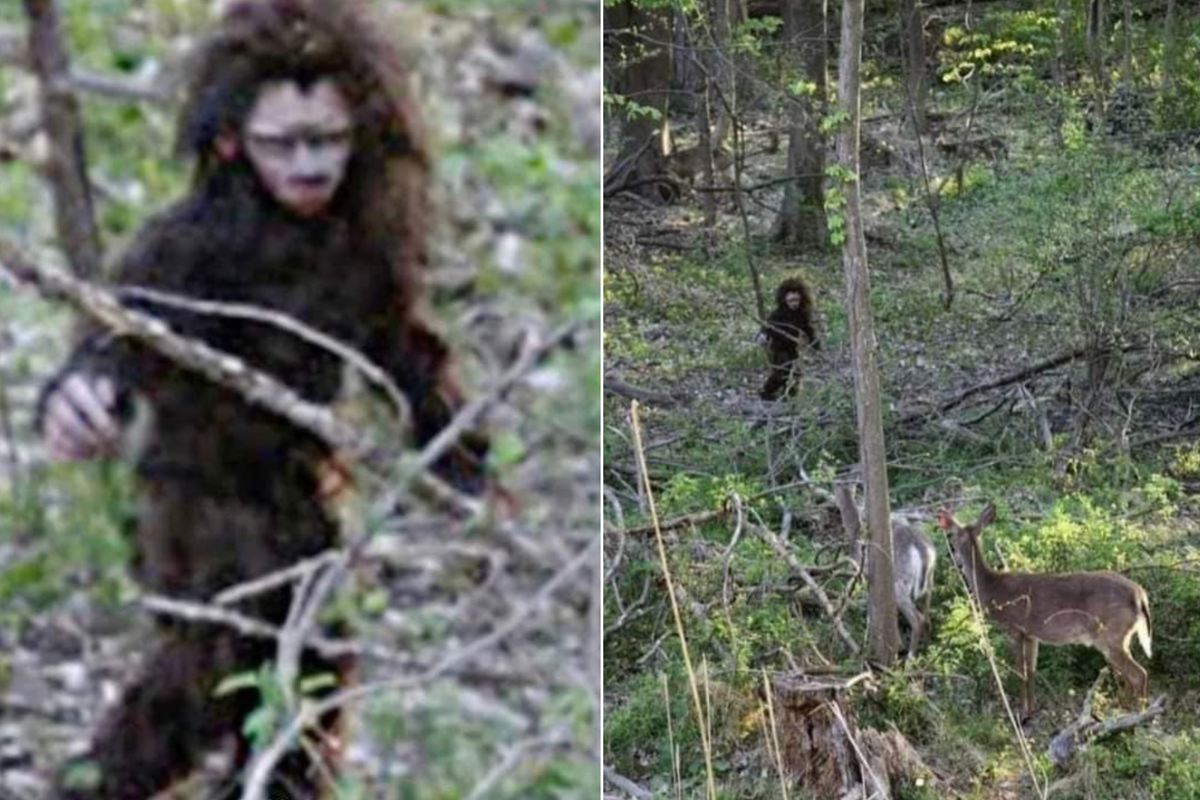Viral
Nilima Marshall
Feb 14, 2024

Scientists say great apes such as chimpanzees have a sense of humour (Danny Lawson/PA)
PA Archive/PA Images - Danny Lawson
Great apes – just like humans – playfully tease each other, scientists have found.
An international team of researchers analysed videos of four species: chimpanzees, bonobos, gorillas and orangutans.
These juvenile apes were filmed hair-pulling, poking and body slamming other members of their group as well as waving objects repeatedly in front of their faces.
The teasing was mainly one-sided and the intention was to playfully provoke a response or attract the target’s attention.
The researchers said that just like in humans, ape teasing was found to be persistent and included elements of surprise and play.
They said the findings, published in the journal Proceedings of the Royal Society B Biological Sciences, suggest playful teasing and joking may have evolved in human ancestors around 13 million years ago.
Dr Isabelle Laumer, a postdoctoral researcher at the University of California Los Angeles (UCLA) in the US and the Max Planck Institute of Animal Behaviour (MPI-AB) in Germany, said: “Great apes are excellent candidates for playful teasing, as they are closely related to us, engage in social play, show laughter and display relatively sophisticated understandings of others’ expectations.”
She added: “From an evolutionary perspective, the presence of playful teasing in all four great apes and its similarities to playful teasing and joking in human infants suggests that playful teasing and its cognitive prerequisites may have been present in our last common ancestor, at least 13 million years ago.

“We hope that our study will inspire other researchers to study playful teasing in more species in order to better understand the evolution of this multi-faceted behaviour.”
Teasing behaviour can be seen in human babies as early as eight months of age, according to researchers, and is often thought of as a “cognitive precursor” to joking.
British primatologist Dr Jane Goodall and others in the field are said to have observed these behaviours in apes, but researchers said their study is the first to systematically document and analyse playful teasing in primates.
For the study, the researchers analysed 75 hours of video footage involving nine bonobos, four orangutans, and four gorillas at San Diego Zoo in California, US, and a group of 17 chimpanzees at Leipzig Zoo in Germany.
The team focused on four juveniles – one from each species – who were around three to five years of age.
The researchers identified 284 potential teasing events, of which 129 met the criteria for playful and provocative behaviour.
The team found 18 distinct teasing behaviours, including body slamming, hair-pulling, hitting, poking, waving objects in front of the face, tickling, stealing and violating personal space.
Teasing mainly occurred when apes were relaxed, the researchers said, sharing similarities with the behaviours in humans.
Professor Erica Cartmill, of UCLA, who is senior author of the study, said: “It was common for teasers to repeatedly wave or swing a body part or object in the middle of the target’s field of vision, hit or poke them, stare closely at their face, disrupt their movements, pull on their hair or perform other behaviours that were extremely difficult for the target to ignore.”
The researchers said their findings have implications “not only for primatologists and biological anthropologists, but for the study of emotion, humour, and pretence more broadly”.
Top 100
The Conversation (0)












